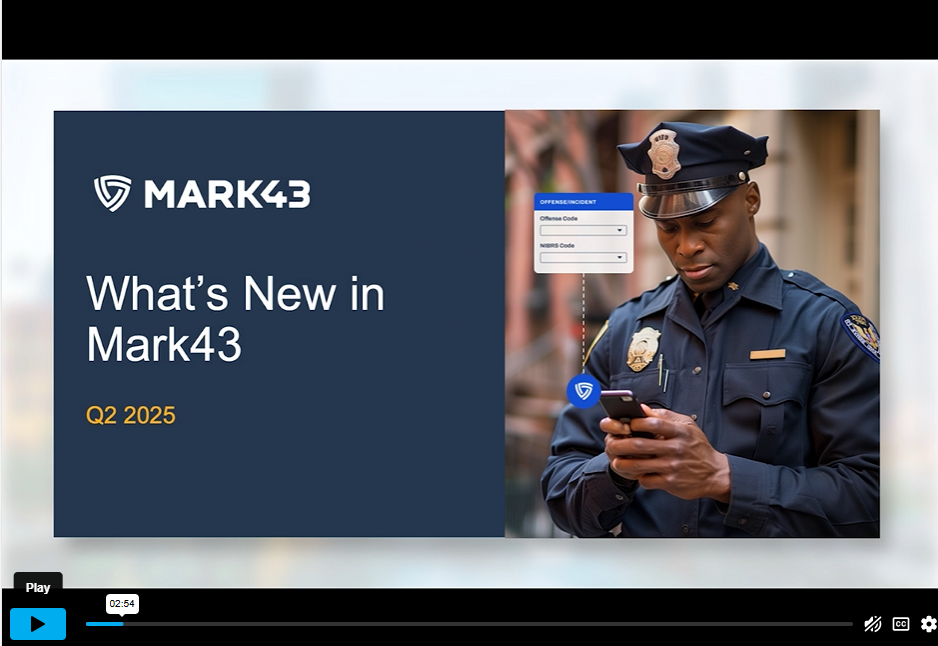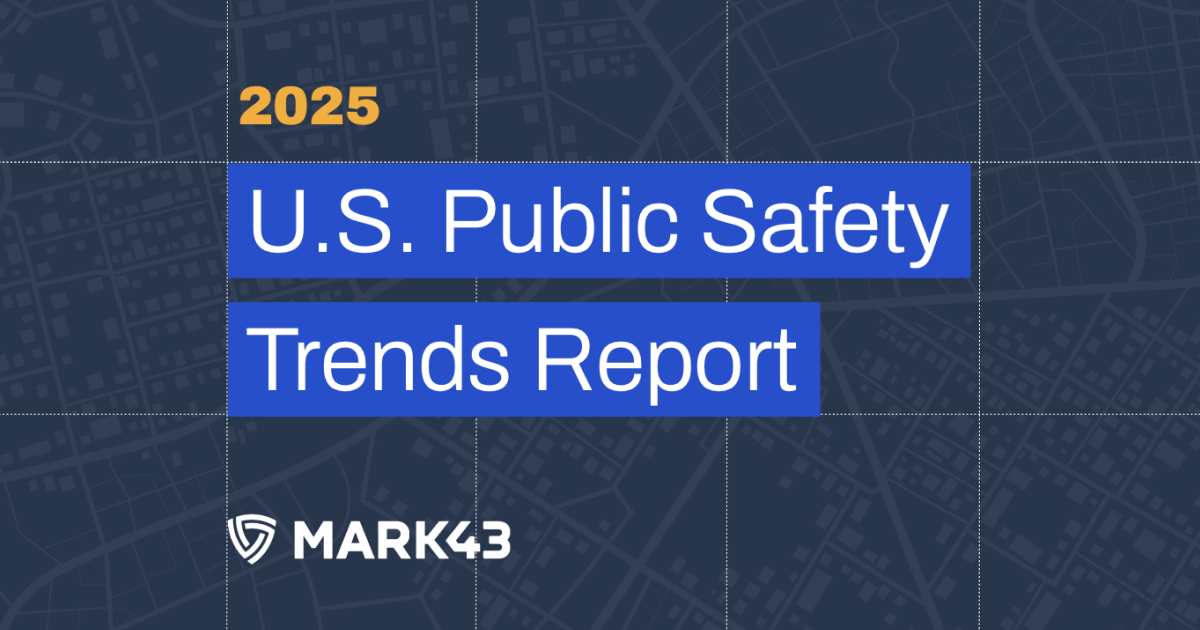
A 2017 analysis of 17,000 news articles about police and policing highlighted a number of recurring issues that are top of mind for today’s law enforcement executives. These included the rise of legalized marijuana in various states; vehicle chases and the danger they present to the community; immigration; and the transition to NG9-1-1 in our increasingly wireless world.
Today’s police executives are increasingly turning to new technology to tackle these law enforcement challenges and to reduce risk, maximize resources, and increase inter-department collaboration.
Reducing Risk
While the role of any law enforcement officer always involves unavoidable risk, that risk can be mitigated for the officer, the department, and the community through the deployment of technology solutions.
In the case of officer-involved shootings, for example, many law enforcement agencies have turned to high-tech solutions like open data portals to encourage transparency, and virtual reality training scenarios to help officers practice de-escalating situations. Personnel data management using artificial intelligence can recognize troubling patterns of policing that indicate an officer might be at higher risk of being involved in a shooting and flag for follow-up.
Likewise, the use of body cameras is more widespread than ever. Body cameras allow departments to record interactions with the community and provide feedback to the community on what occurred. Moreover, body cameras will have an impact on reducing risk over the long-term as training issues are identified post-event so similar issues can be avoided in future, and as improvements to officer training are made in light of camera data.
Maximizing Resources
As new law enforcement challenges continue to emerge, agency resources can be spread thin. As a result, law enforcement executives must come up with new and innovative ways to extend agency resources. One area where we have seen new technology used to do this is in the case of active shooter incidents. Gunshot detection sensors, thermal technology, drones, and real-time crime centers have all been used to maximize resources and response.
The job of the police manager is to ensure these new technologies are integrated into an agency’s culture and systems so that they can gather actionable information, get it to the right people, and allow for the deployment of those finite resources to react to that actionable incident.
Increasing Collaboration
There’s an old saying that while cops talk, agencies don’t. But in today’s world, collaboration within and between agencies is more important than ever. There are hurdles, however, even when the will is there, and many of them can be technology-based. There are digital restrictions. There are 18,000 different ‘languages’ of various programs and technologies that vary from agency to agency and make communicating across jurisdictions difficult — especially when it comes to data sharing.
The push to increase collaboration between departments is a key strategy in fighting the opioid crisis, for example. Law enforcement agencies have turned to technology increase collaborative efforts with community agencies, including open data portals, real-time systems Integration, and city-wide data sharing. By incorporating medical and fire department data on overdoses with police data, officials have a fuller picture of the situation on the ground, including hotspots and at-risk areas where resources should be focused.
* * *
Mark43 can help your department deploy the latest technology to address today’s law enforcement challenges. Check out our free webinar Turn to Tech: How to Navigate Today’s Police Leadership Challenges for insights into how Mark43 CAD and Mark43 RMS can leverage the data your agency already collects to meet today’s workflows, adapt to tomorrow’s new reality, and keep first responders safer and better informed.







